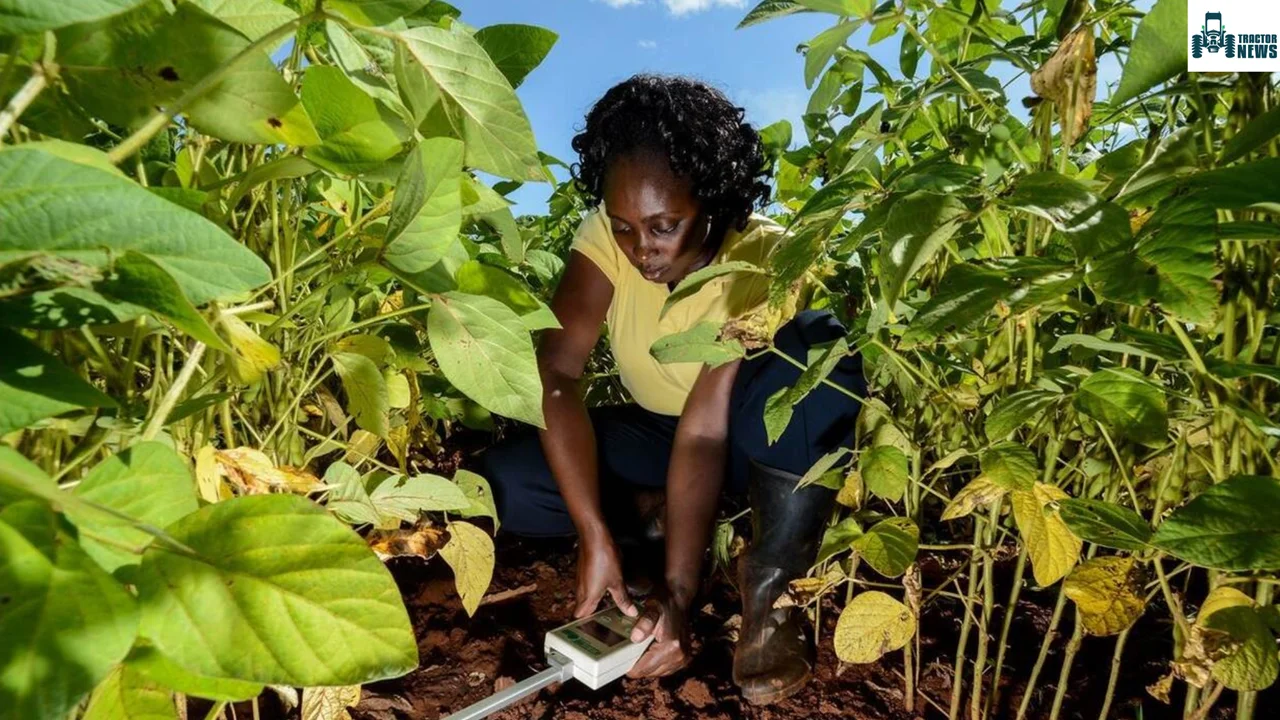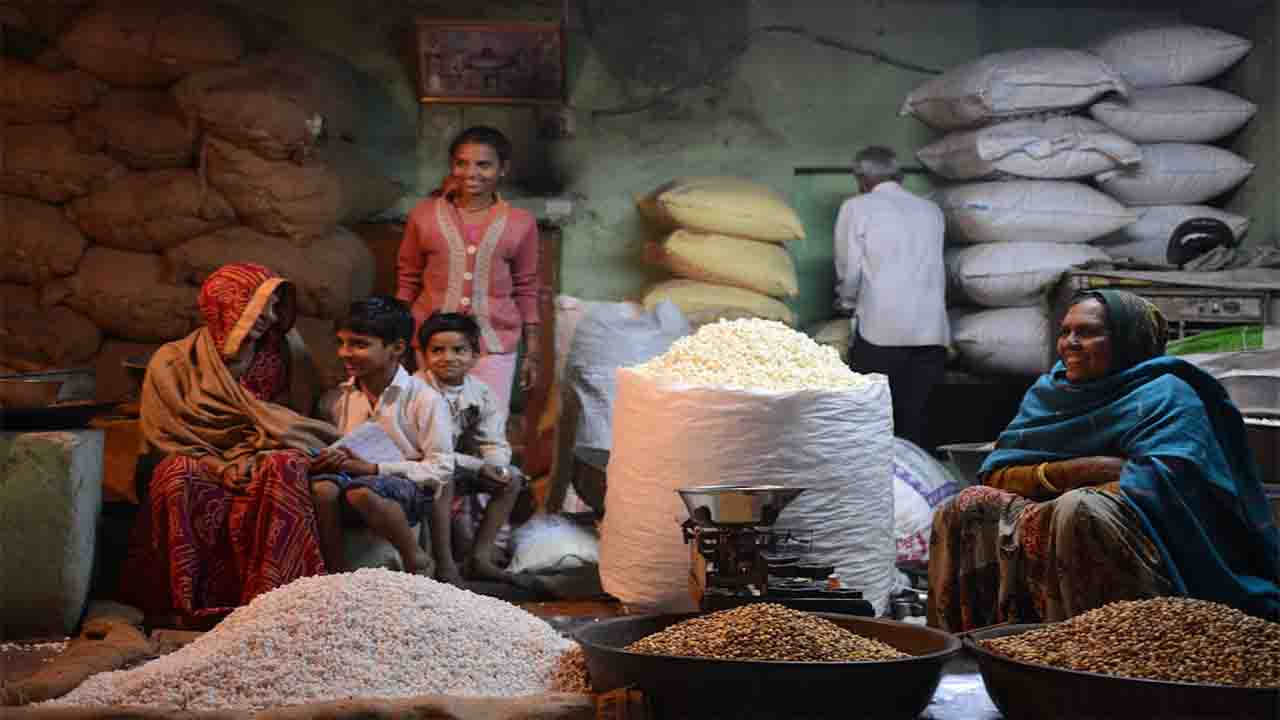Climate change is one of the most pressing issues facing our planet today. The effects of climate change are already being felt around the world, and they are expected to become more severe in the years to come. One of the sectors that is most vulnerable to the effects of climate change is agriculture. Agriculture is a major contributor to greenhouse gas emissions, and it is also highly sensitive to changes in climate. Rising temperatures, changes in precipitation patterns, and more extreme weather events are all having a negative impact on agricultural production. As a result, food security is becoming a growing concern around the world.
There are a number of ways that agriculture can be adapted to climate change. One important strategy is to improve the efficiency of agricultural production. This can be done by using more sustainable farming practices, such as crop rotation, cover cropping, and integrated pest management. These practices help to conserve water and soil, and they also help to reduce greenhouse gas emissions. Another important strategy is to diversify agricultural production. This means growing a wider variety of crops and livestock, which can help to reduce the risk of crop failure due to climate change. It also means diversifying the location of agricultural production, so that crops are not all grown in the same areas that are most vulnerable to climate change. By taking these steps, we can help to ensure that agriculture remains resilient in the face of climate change. This is essential for ensuring food security for future generations.
In addition to the strategies mentioned above, there are a number of other things that can be done to adapt agriculture to climate change. These include:
- Improving access to climate-resilient agricultural technologies and practices
- Developing climate-resilient agricultural insurance schemes
- Providing financial assistance to farmers who are affected by climate change
- Investing in agricultural research and development
- Raising awareness of the challenges of climate change and the importance of adaptation
By taking these steps, we can help to ensure that agriculture remains a vital part of our global food system, even in the face of climate change.
Finally, it is important to invest in research and development to develop new technologies that can help agriculture to adapt to climate change. These technologies could include new crop varieties that are more resistant to heat and drought, or new irrigation methods that can help to conserve water. Climate change is a complex and challenging issue, but it is one that we must address if we want to ensure a sustainable future for our planet. By adapting agriculture to climate change, we can help to protect our food security and ensure that everyone has access to the food they need to live a healthy and productive life.











